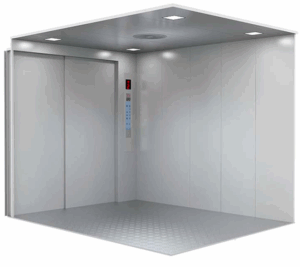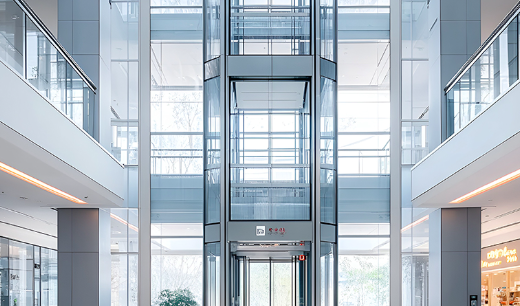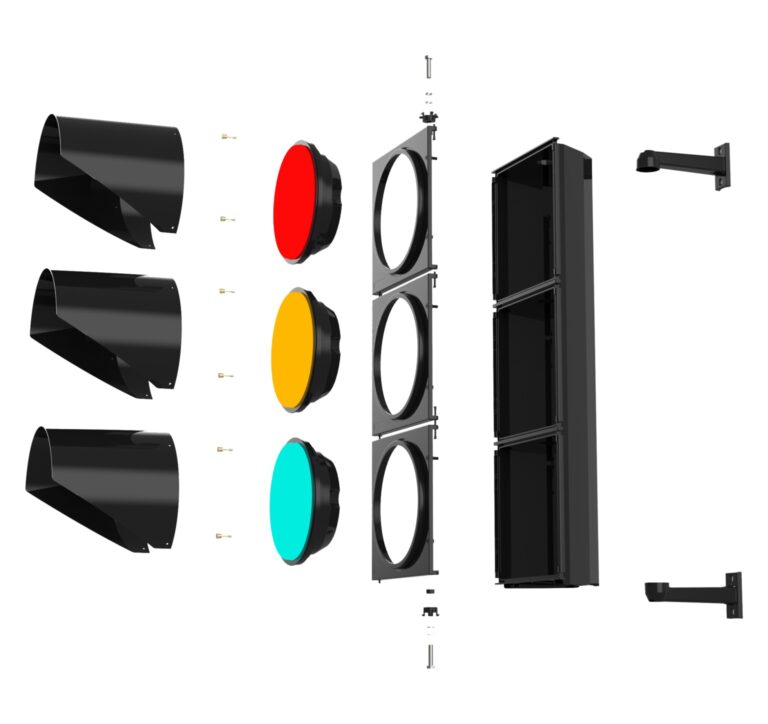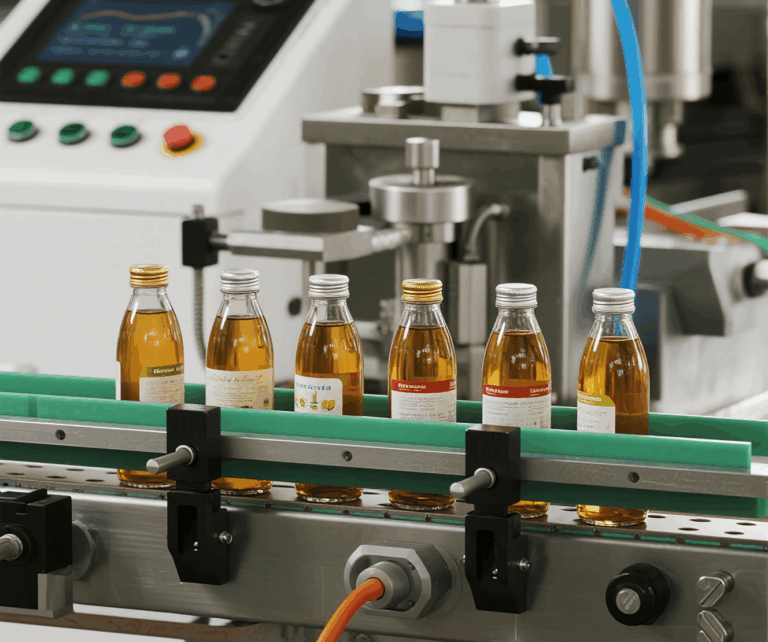目录
The elevator manufacturer’s role has grown more complex alongside the rapid evolution of urban architecture and building technology. Elevators have become vital components of intelligent buildings, requiring manufacturers to focus on efficiency, safety, integration, and sustainability. This article explores the key areas shaping the work of elevator manufacturers today.
Elevator Manufacturer and Urban Traffic Management
In rapidly growing cities, elevator manufacturers face the challenge of designing systems that move large numbers of people quickly and smoothly. For skyscrapers taller than 30 floors, elevators can serve over 85% of peak traffic during rush hours in short bursts. To handle this, elevator manufacturers develop advanced traffic control systems, including destination dispatch technology, which groups passengers traveling to similar floors, minimizing wait and travel times. These innovations improve passenger flow and reduce congestion in busy buildings.
Elevator Manufacturer and Building System Integration
Modern elevator manufacturers focus on integrating elevators with broader building automation systems. Elevators communicate with fire alarms, security controls, and energy management platforms to enhance building operations.
Features such as contactless call panels, real-time system monitoring, and automated emergency responses are developed by elevator manufacturers to improve user safety and comfort. This integration allows elevators to function as an intelligent part of the building ecosystem.
Elevator Manufacturer Customization for Different Building Types
Different building purposes require unique elevator designs. Residential elevators emphasize quiet operation and moderate speeds (typically 1–2.5 m/s), while hospitals demand spacious cabins to accommodate stretchers and equipment.
Commercial skyscrapers often require high-speed elevators traveling above 6 m/s to reduce wait times during peak periods. Elevator manufacturers offer customized solutions, including variable cabin sizes, flexible shaft dimensions, and door configurations, ensuring compliance with local safety codes and user needs.
Elevator Manufacturer and Energy Efficiency Advances
Sustainability is a growing priority for elevator manufacturers. They implement technologies such as high-efficiency permanent magnet motors, energy regeneration systems that recapture kinetic energy during descent, and LED cabin lighting with motion sensors. These improvements help reduce energy use by up to 30%, significantly cutting operational costs and environmental impact for building owners.
Elevator Manufacturer and Enhanced Safety Measures

Safety is fundamental in elevator design. Elevator manufacturers equip systems with redundant braking mechanisms,overspeed governors, load sensors, and fire-resistant components. Compliance
with standards like EN 81-20 and ASME A17.1 ensures reliability under normal and emergency conditions. Many manufacturers also include surveillance and emergency communication systems to protect passengers and improve incident response.
Elevator Manufacturer and System Modernization Services
Many existing elevators operate with outdated technologies. Elevator manufacturers provide modernization services, upgrading control systems, motors, door operators, and user interfaces. These upgrades enhance performance, reduce noise, and improve energy efficiency by up to 18%, extending the service life of existing elevators by 10–15 years. Modernization offers a cost-effective alternative to full replacements, preserving building value.
Elevator Manufacturer Tackling Supply Chain and Workforce Challenges
The elevator manufacturing industry is adapting to material shortages and labor constraints by adopting modular construction techniques. Prefabricated components assembled off-site allow faster, more efficient installations, reducing on-site labor by up to 40%. Additionally, elevator manufacturers increasingly use remote monitoring and predictive maintenance technologies to optimize repair schedules and reduce downtime, addressing workforce limitations.
Elevator Manufacturer and Future Trends
Elevator manufacturers are exploring cutting-edge developments including:
- Multi-directional elevators capable of horizontal and vertical movement for complex transit hubs
- Touchless interfaces and antimicrobial materials addressing heightened hygiene concerns
- Advanced sensor analytics enable early fault detection and optimize maintenance schedules
- Sustainable production practices focusing on recyclable materials and carbon footprint reduction
With the global elevator market projected to exceed $130 billion by 2030, manufacturers continue to drive innovation to meet urbanization demands.
Conclusion: Elevator Manufacturer as a Pillar of Urban Mobility
Elevator manufacturers today are more than just producers of mechanical lifts—they are technology partners shaping the future of vertical transportation. Their innovations in traffic management, integration, energy efficiency, and safety enable the development of smarter, more sustainable buildings. As urban centers grow taller and more complex, the expertise of elevator manufacturers will remain crucial in enhancing mobility and building functionality worldwide.
0









